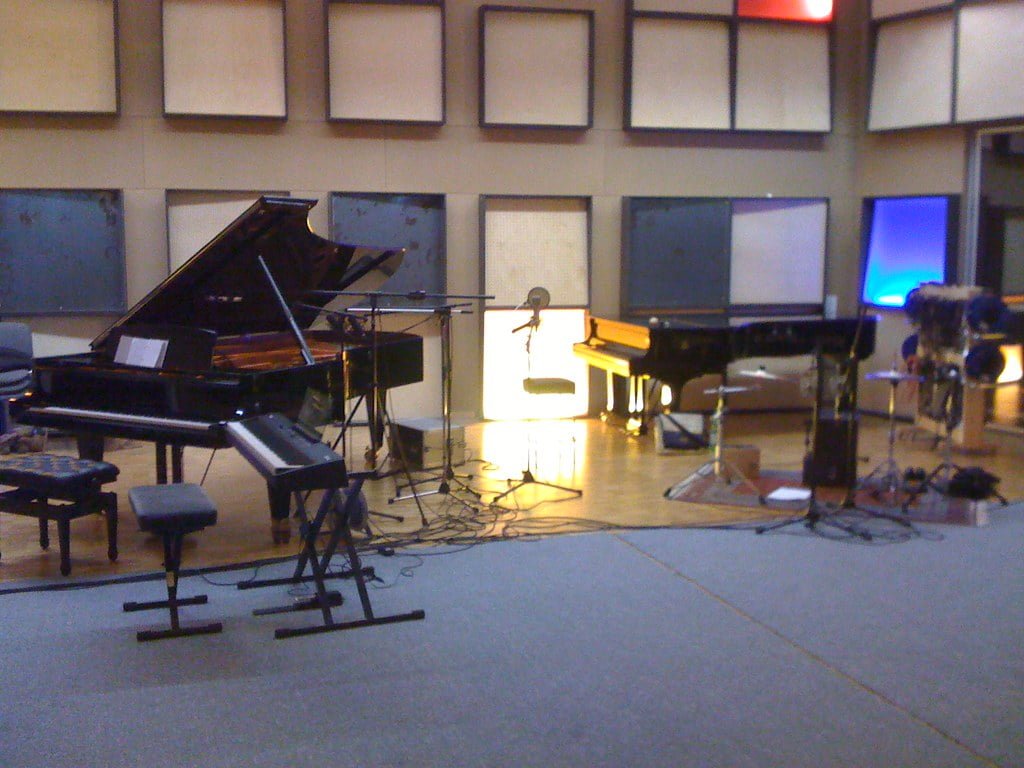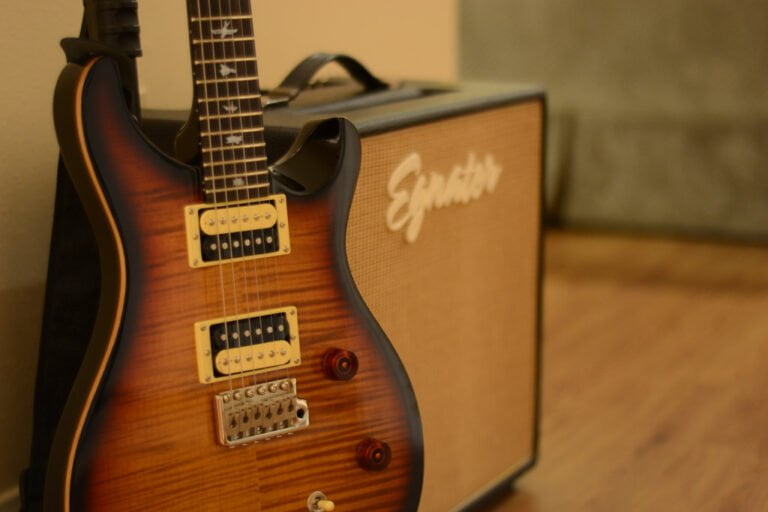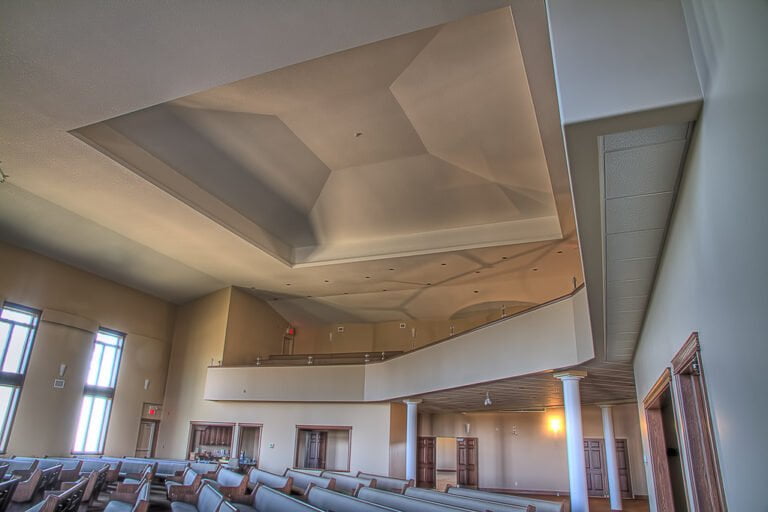DIY Acoustic Treatment: Tips for Budget-Friendly Solutions
Hey there! Looking to up your sound game without emptying your pockets? Well, you're in luck! In this article, we're going to dive into the world of DIY acoustic treatment and show you some budget-friendly solutions that will have your space sounding amazing in no time. So, let's roll up our sleeves and get started, shall we?
We are supported by our audience. When you purchase through links on our site, we may earn an affiliate commission, at no extra cost for you. Learn more.
First things first, let's assess your space. Take a good look around and identify any problem areas where the sound might be bouncing off the walls like a hyperactive kangaroo. These are the reflection points, and they're the key to optimizing your sound. By treating these areas, you'll be able to minimize echoes and create a more controlled environment for your audio.
Now, here's the fun part – using everyday materials to create your own acoustic treatment. Forget expensive soundproofing panels, we're going to get creative! Think about things like old mattresses, thick blankets, or even egg cartons. These can be repurposed to absorb sound and reduce unwanted reflections. It's like giving your space a cozy blanket to snuggle up in, but for your ears!
But what about those pesky bass frequencies? Don't worry, we've got you covered. DIY bass traps are your secret weapon for taming those low-end rumblings. You can make them using insulation material or even simple wooden frames filled with dense material. It's like building a fortress to keep those booming bass notes in check.
And let's not forget about diffusion. This helps to spread sound evenly throughout your space, avoiding any harsh reflections. Think of it as sprinkling fairy dust on your sound waves, making them dance and bounce around in a delightful way. You can achieve diffusion by strategically placing objects like bookshelves or hanging up curtains with different textures.
With these innovative DIY tips, you'll be able to fine-tune your space and achieve a professional-level sound without spending a fortune. So, why wait? Let's get started on transforming your space into an acoustic paradise. Your ears will thank you!
Assess Your Space
Assessing your space is crucial when it comes to DIY acoustic treatment. Before diving into any DIY projects, it's important to understand the specific characteristics of your room. Take the time to measure the dimensions of the space, including the height, width, and length. This will help you determine the amount of materials you'll need for optimal sound absorption and diffusion.
Next, evaluate the existing acoustic properties of your room. Pay attention to any echoes, reverberations, or unwanted reflections that may be present. Identify the primary areas where sound issues occur, such as corners, walls, or ceilings. This will guide you in deciding which acoustic treatments are necessary for those specific areas.
Additionally, consider the purpose of your space. Are you setting up a home recording studio, a home theater, or a personal listening room? Each of these spaces requires different levels of acoustic treatment to achieve the desired sound quality.
Use Everyday Materials
Utilize common household items for effective and affordable acoustic treatment. When it comes to improving the sound quality in your space, you don't need to break the bank. Everyday materials can be repurposed to create effective acoustic treatments. One simple and cost-effective solution is using dense fabrics, such as curtains or blankets, to absorb sound reflections. Hang them on the walls or use them as room dividers to reduce echo and improve clarity. Another option is to repurpose egg cartons as soundproofing panels. Stack them together and attach them to walls or ceilings to absorb sound waves. Additionally, old foam mattresses can be cut into panels and covered with fabric to create DIY acoustic panels. By using these everyday materials creatively, you can achieve a more acoustically balanced space without emptying your wallet.
Focus on Reflection Points
To effectively improve the sound quality in your space on a budget, focus on reducing sound reflections at key points. Sound reflections can cause unwanted echoes and reverberations, resulting in poor audio quality. By addressing these reflection points, you can enhance the clarity and definition of the sound in your room.
Identifying the reflection points is crucial. These are the areas where sound waves bounce off surfaces and create unwanted reflections. Common reflection points include the walls, ceiling, and floor, as well as large flat surfaces such as windows and mirrors.
To reduce reflections, consider using acoustic panels or diffusers. Acoustic panels absorb sound waves, while diffusers scatter them, preventing them from bouncing back directly. These treatments can be made from inexpensive materials like foam, fabric, or wood, making them budget-friendly options.
Create DIY Bass Traps
Now let's dive into creating your own DIY bass traps to further improve the sound quality in your space. Bass traps are essential for reducing low-frequency resonances and standing waves that can cause muddy and boomy sound in a room. To create your DIY bass traps, you will need some basic materials such as insulation panels, wood frames, and fabric. Start by constructing a wooden frame in the desired size and shape of your bass trap. Then, fill the frame with insulation panels, ensuring they are tightly packed to maximize their effectiveness. Finally, cover the frame with fabric to give it a polished look. Place your bass traps in the corners of your room or along walls where bass frequencies tend to accumulate. These DIY bass traps will absorb excess bass energy, resulting in a cleaner and more balanced sound in your space.
Enhance Diffusion
Enhance diffusion by strategically placing diffuser panels throughout your space. Diffusion is an essential element of acoustic treatment as it helps to disperse sound waves evenly, reducing echoes and improving the overall sound quality. Diffuser panels work by scattering sound waves in different directions, preventing them from bouncing directly back to your ears. To enhance diffusion, consider placing diffuser panels on the walls and ceiling of your room. The key is to position them in areas where sound reflections are most likely to occur, such as behind your listening position and on opposite walls. Experiment with different panel placements to find the optimal configuration for your space. By enhancing diffusion, you will create a more balanced and immersive sound experience in your DIY acoustic treatment setup.
Experiment and Fine-Tune
Continue refining your DIY acoustic treatment setup by experimenting and fine-tuning different elements to achieve the best sound quality possible. The key to achieving optimal acoustic performance lies in understanding how sound waves interact with your space. Start by experimenting with the placement of your absorbers, diffusers, and bass traps. Move them around the room and listen for any changes in the sound. Pay attention to the reflections and standing waves that may be present in your space and adjust accordingly. Fine-tuning can also involve tweaking the thickness and density of your absorbers, the angle and depth of your diffusers, and the positioning of your bass traps. Don't be afraid to try different materials and configurations to find what works best for your unique space. Remember, the goal is to create an environment that enhances the clarity and balance of the sound, so keep experimenting until you achieve the desired results.
Conclusion
In conclusion, with a little creativity and resourcefulness, you can achieve effective acoustic treatment on a budget. By assessing your space, using everyday materials, focusing on reflection points, creating DIY bass traps, and enhancing diffusion, you can improve the sound quality in your room without breaking the bank. Don't be afraid to experiment and fine-tune your setup to find the best solution for your specific needs. Start your DIY acoustic treatment journey today and enjoy the benefits of a well-treated space.







